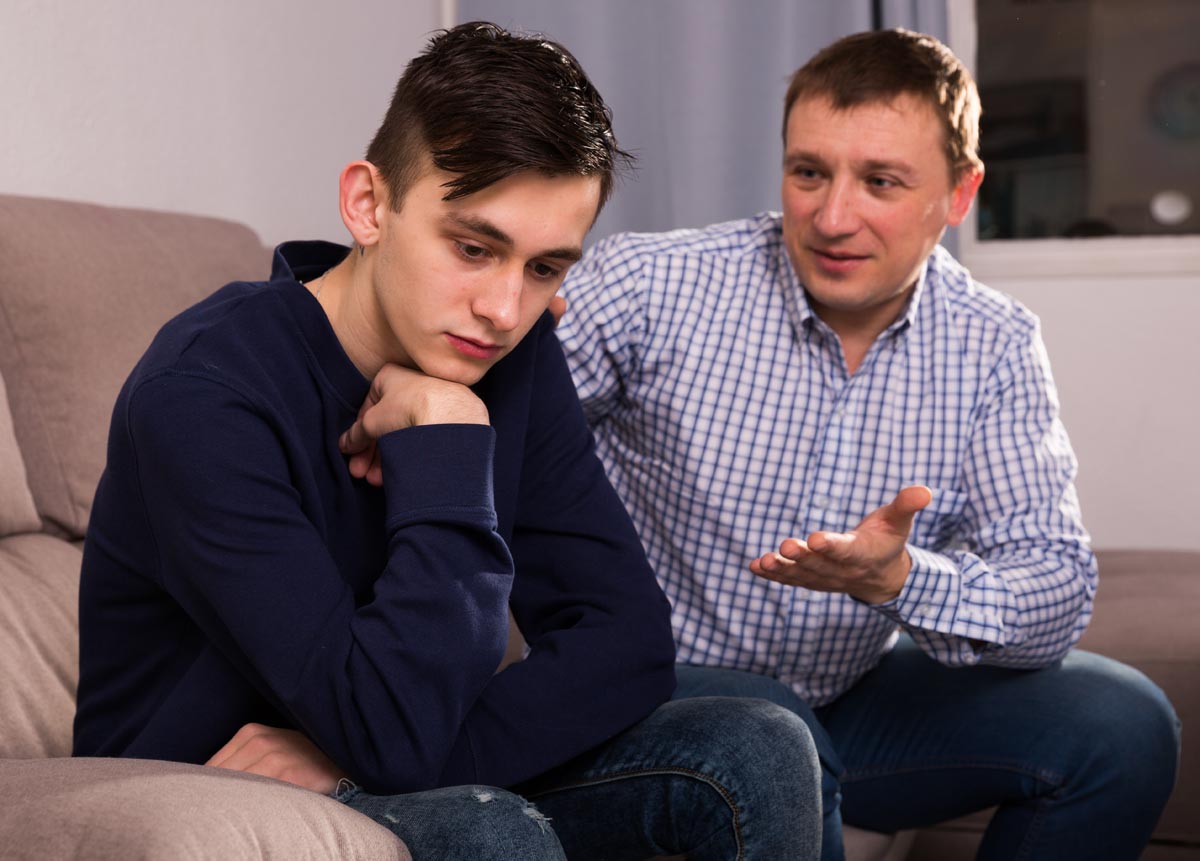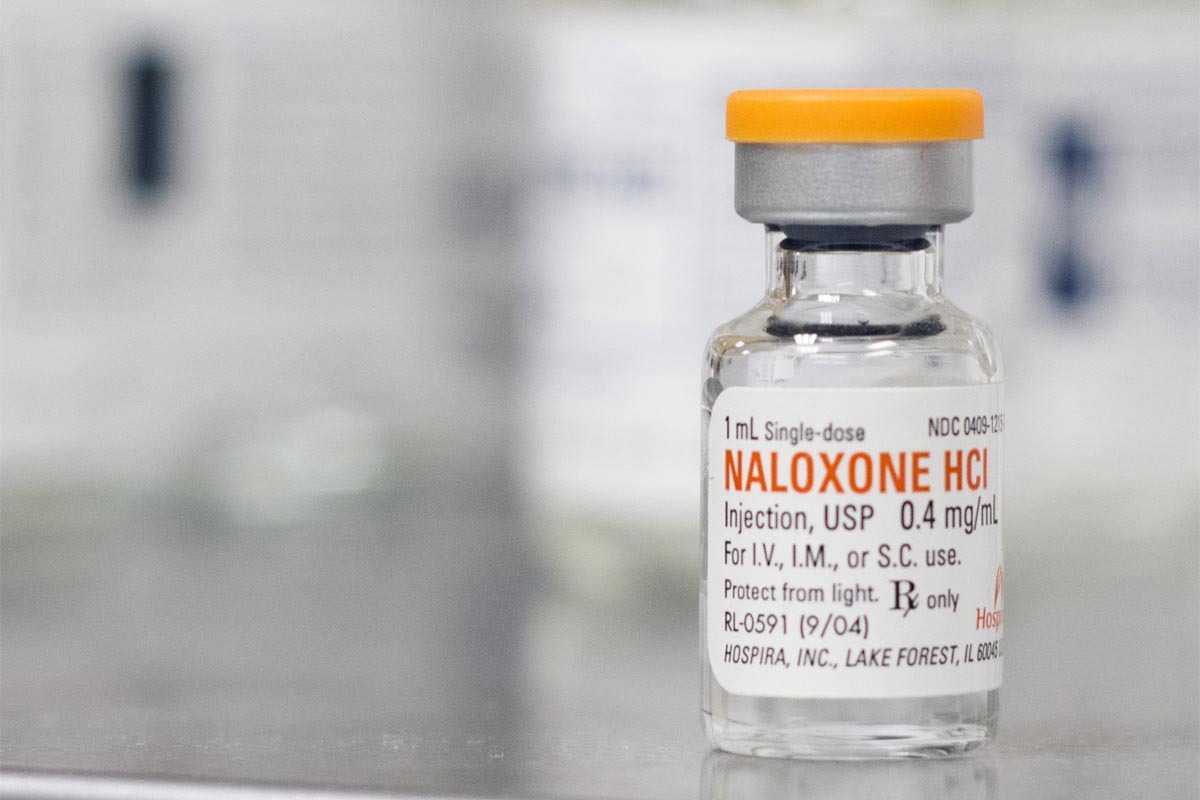How to Live with an Addict in the House
 If your loved one is struggling with drug or alcohol addiction, it can be devastating to your home and family life. That’s true no matter how old they are, whether you have kids, or what their relationship to you is. If you’re reading this article, chances are, you’ve also made up your mind to stay and to attempt to continue living with them as much as possible. While that won’t always be possible, taking the steps to make that work out in a way that is mutually beneficial and healthy is important.
If your loved one is struggling with drug or alcohol addiction, it can be devastating to your home and family life. That’s true no matter how old they are, whether you have kids, or what their relationship to you is. If you’re reading this article, chances are, you’ve also made up your mind to stay and to attempt to continue living with them as much as possible. While that won’t always be possible, taking the steps to make that work out in a way that is mutually beneficial and healthy is important.
Today, an estimated 18.5 million Americans struggle with drug and alcohol abuse. That means that 1 in 16 couples has a spouse who is addicted to drugs or alcohol. And, 1 in 8 children lives with a parent or parents with a substance abuse problem. If your child, parent, or partner is addicted to drugs or alcohol, you’re far from alone.
Hopefully, these tips get you started on making a healthier life for yourself with your loved one.
Making Space for Mental Health
Living with someone with a mental health disorder like a substance use disorder is exhausting, emotionally draining, and potentially traumatic. People living with others who struggle with a substance use disorder experience significant elevations in stress, mood disruption, increased housework and chores, and in domestic disputes. Someone with a substance use disorder is unlikely to hold to commitments, unlikely to be reliable, and highly likely to lie or manipulate. They’re also more likely to behave irritably and with anger, even to small provocations, making it more and more difficult to live in a way that is comfortable for either. In some situations, they may even blame their substance abuse on fighting or nagging them to stop using or drinking. All of this can result in significant stress and significant deterioration in mental health. Many people cope in different ways. For example, many people struggle with codependency, where they throw themselves into taking care of their partner and it becomes an addiction in itself. In other cases, you might be overwhelmed with trying to pick everything up for your partner and to continue “business as usual”. If nothing falls through the cracks, nothing is really wrong – even if you’re doing anything. That can be exhausting and can result in a burnout, without the constant drain of having someone in the way constantly. And, that’s even worse if you have children.
Making space for mental health means setting aside time to do nothing, it means learning to walk away instead of having fights, and it means to ask for help. You can do that by reaching out to a therapist and discussing your and their problems. You can also join and attend meetings by AlAnon or a similar group. Al-Anon is designed to provide support to the family members of addicts, so that you have an outlet, peers who understand experiences, third-party perspectives, and assistance should you need it.
Get Your Questions Answered
Setting Boundaries
 Boundaries are a crucial part of living with anyone. But, when your loved one is struggling with a substance use disorder, it becomes more important. Individuals with drug or alcohol use problems are much more likely to engage in manipulative, abusive, and exploitative behavior. In fact, they may deliberately manipulate you to get you to continue staying with them while they use. They might also do so non-deliberately by lying but also while in denial to themselves.
Boundaries are a crucial part of living with anyone. But, when your loved one is struggling with a substance use disorder, it becomes more important. Individuals with drug or alcohol use problems are much more likely to engage in manipulative, abusive, and exploitative behavior. In fact, they may deliberately manipulate you to get you to continue staying with them while they use. They might also do so non-deliberately by lying but also while in denial to themselves.
Setting boundaries can help you to live in a way that is less stressful, that requires less work, and which puts less responsibility on you. For example, you might decide that you are not willing to accept being talked to in a certain way. You might decide you are not willing to pick up after their chores. You might decide you are not able to tolerate them spending rent or mortgage funds on drugs or alcohol. Boundaries should include hard and soft boundaries with repercussions, and when those boundaries are broken, the repercussions should happen.
Things to set boundaries around include:
- I will not spend money on you and I will get a separate bank account if we don’t have one already
- You will transfer money you owe towards rent and bills immediately on receiving your paycheck
- I will not lie for you nor will you ask me to
- I will not tolerate being yelled at. If you approach me aggressively, I will leave the room. If you behave in an angry fashion, I will leave the house. The same applies to angry or aggressive behavior at children
- You will not drink or use around children. If you take opioids, you will do so with Naloxone on your person
- You will not bring friends home to drink or do drugs, or myself (and children) will stay at a hotel
- If you do not handle your chores, you will hire a maid to take care of them so I do not have to
The idea is to remove stress from yourself, to limit behavior that causes hurt and upset, and to create repercussions when those boundaries are crossed. For example, if you have a clear alternative action when things are bad (e.g., go stay with parents), you have a way out that has been communicated and shared.
Ask them to Get Help
Chances are, you’ve already asked your loved one to get help. Make sure you keep trying. On your side, that often means committing to learning about addiction. It means checking with insurance and making sure your policy covers the drug addiction treatment you want. It also means researching a rehab clinic so that you know where to go and how to get your loved one there if they do decide to go.
Sometimes asking someone to get help will result in denial. That can mean lies, it can mean tears, it can mean manipulation. It can also mean anger and violence. Choose your time and your moment carefully based on what you know about them. And, if you have no luck on your own, consider staging an intervention with friends and family.
Take Care of Yourself First
Your mental health and safety should always take priority over taking care of your loved one. That’s important, both because only you can take care of yourself but also because if you burn out or start to struggle, neither of you have anyone to help. It’s important to stick to your boundaries, to make time for yourself, and to create opportunities to have fun and to enjoy life anyway. That can be immensely difficult when you’re literally watching someone you love fall apart. But, you have to take care of yourself in order to take care of them.
Living with someone with a substance use disorder is not easy. You may eventually decide to move out, even temporarily. You may also decide to ask them to move out, at least a few days a week. And, you should always have the option to ask for help, with housework, childcare, and with getting your loved one into treatment.
If you or your loved-one struggles from substance abuse please contact us today and speak with one of our experienced and professional treatment team. We’re here to help you recover.

 While Naloxone is primarily used to reverse overdoses, it’s also used in Medication Assisted Treatment of MAT. Here, it is commonly administered with Buprenorphine. The idea is that someone using naloxone cannot get high off of an opioid. Buprenorphine includes a 1:20 mixture of Naloxone and Methadone. This allows the individual to take the methadone to relieve cravings and to reduce withdrawal symptoms, while preventing them from getting high. Naloxone is also poorly orally absorbed and is poorly absorbed through a patch. So, if the patient attempts to inject the methadone, the Naloxone takes effect, and they go into withdrawal instead.
While Naloxone is primarily used to reverse overdoses, it’s also used in Medication Assisted Treatment of MAT. Here, it is commonly administered with Buprenorphine. The idea is that someone using naloxone cannot get high off of an opioid. Buprenorphine includes a 1:20 mixture of Naloxone and Methadone. This allows the individual to take the methadone to relieve cravings and to reduce withdrawal symptoms, while preventing them from getting high. Naloxone is also poorly orally absorbed and is poorly absorbed through a patch. So, if the patient attempts to inject the methadone, the Naloxone takes effect, and they go into withdrawal instead.